

Something New About Champa/Plumeria Plant
In the post, we will know all about Champa/plumeria plants and something new about the Champa plant
- About Champa
- Physical information
- How to grow at home
- Awesome caring tips
- Flowering time
- Some new facts and benefits
Champa or Plumeria
About Champa: Champa or plumeria are evergreen flowering plants and they bloom many types of flowers. 50+ species are available around the world and native to India, Java, and the Philippines. Most of the verities are easily seen in many houses, offices, and gardens. It belongs to the magnolia family (Apocynaceae) and its scientific name is Michelia.
Physical Info: The plant produces pods and pods (raw) are green in colour and then after ripening pods’ colour turns brown. Each pod has 3 to 5 seeds. Inside the pod, seeds are reddish in colour and after ripening pods, it turns brown. Over time, plants grow up to 15 to 25 feet tall and spread up to 15 feet wide.
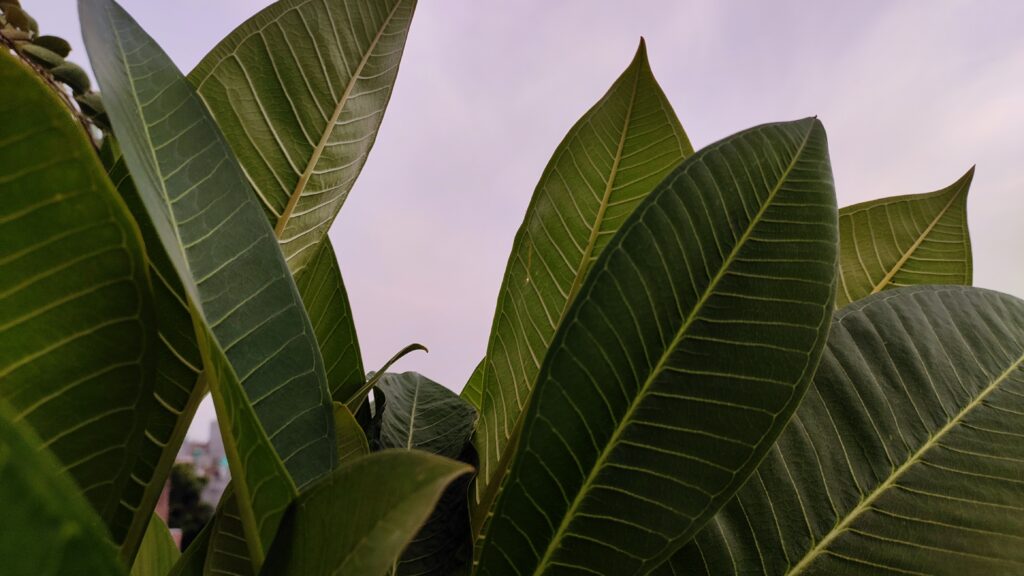

Green shiny leaves grow up to 4 to 8 inches. USDA hardiness zone is 10-12.
Propagation Method: We have two types of plantation methods, one is using seeds and another is by cutting. Seeds are easily available in local nurseries and online stores. Always buy large and fresh seeds.
Before the rainy season is the best time for seedling and cutting because in the rainy season, due to heavy watering, the soil starts rotting and the seeds die.
How to save plants in the rainy season
Planting Seeds and Soil Potting: Take out the Champa seeds and one tissue paper. Put the seeds into tissue paper and spray some water and cover the seeds with the same tissue paper. Keep the paper in a semi-shaded location or indirect sunlight. Within 3 to 4 days, seeds will be germinated. Remove them carefully before planting.
Making good quality of soil potting: Take out the garden soil (25%), sand (20%), coco peat (25%), and vermicompost (30%). One spoon of fungicide powder. Mix them well and one medium flowerpot with good drainage holes. Follow these simple steps for the awesome seedling.
- Fill the soil mixture into the flowerpot (pot should be empty 4 inches).
- Take out the germinated seeds and dip them into the soil mixture (germinated part should be on top).
- Spray some water and place the flowerpot in full sunlight.
- Within 10 to 15 days, seed wings start to germinate.
- Another way for propagation: Cut out the Champa branch (at least 4 inches) and plant the cutting into the same soil potting. It takes 10 to 20 days for germinating new leaves and rooting system.
Healthy and large seeds germinate faster than thin and small seeds. After successfully planting, spray fungicide powder or liquid.
Awesome Caring Tips
- Best time for watering: In the summer months (April to July), the morning is the best time for watering and if soil moisture is dried until evening then, you can give water properly. 2 to 3 times in the winter season. Champa plants easily thrive without watering (4 to 5 days only).
- Maintaining Temperature: For the best results, keep the plants in full sunlight. During the heavy temperature, plant leaves are burning so, spray some water after 1 PM (afternoon).
- Growing Fertilizer: Add 2 to 3 layers of cow dung compost and mix it well with soil potting. After that, give water properly. Compost is necessary after transplanting or after 30 to 45 days. Vermicompost, FoxFarm, and Jobe’s organic compost are also the best fertilizers. These fertilizers are easily available in local nurseries and online shops.
- Diseases: During the rainy season, soil potting starts to rot and the rooting system also starts to sleazy root rot also occurs due to overwatering so, don’t overwater. If root rot is occurring in the rooting system then add fungicide liquid with water.
- The month of Pruning: Before the flowering season or rainy season, pruning is necessary. Remove dry leaves, and weeds and pinch out the head of stems. For the best pruning, always use a cutting tool like a scissor.
Blooming Time: After a successful plantation, blooming is started on the plants after 7 to 8 months. At once, plants bloom many flowers, and these flowers give a fragrant smell. Many types of flowers bloom on the plant and these flowers’ colours are depending on the verities of the Champa plant. Each flower has 5 petals with different types of the centre part (colour).
Blooming Color: Red, Yellow, white with yellow, light pink with white, white with light red margin, red with yellow centre…etc. Most of the white flowers are creamy-white and give a fragrant smell.
Gallery
Something New About Champa Plant: The plant produces pods and each pod has 3 to 5 seeds and seeds may be of different types in plumeria varieties.
Benefits of Flowers: There are lots of benefits of flowers but we are showing only the Top 4 benefits:
- Flowers are used to make different types of perfumes.
- Flowers are also used as a room freshener and give you a fragrant smell.
- Flowers are also used in home decoration, weddings, and other parties.
- Most of the species are important for wood products.
If you like this post don’t forget to share it with your friends and relatives and subscribe to my newsletter for the instant update 🙂


Amazing Summer Flower Plants You Must Read 🙂
Choose Your Favourite Tag 🙂
air purifying plants almonds aloevera Bougainvillaea broccoli Cardamom carrot cauliflower Cultivation or farming Daisy flowering plant Dark green chilli Dry fruits Flower plants Fruit plants Gardening hacks Gardening ideas Genus tree Green chilli hanging plants health health tips Indoor flowering plants kitchen plants latest plants latest posts Lilies onion pea peace lily perennial plants plantation ideas plants sacred tree spices spices and herbs summer flower caring summer flower plants Summer fruit plants sunflower tea tips and tricks tree vegetables vine winter flower plants




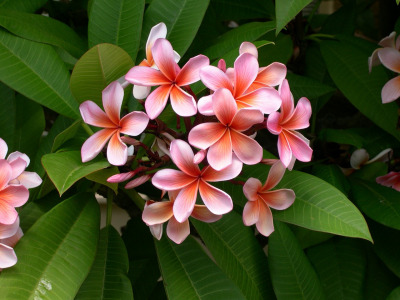
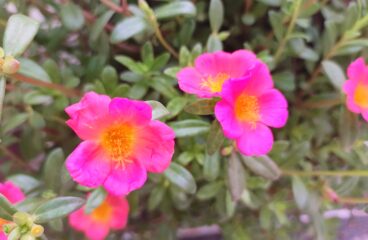

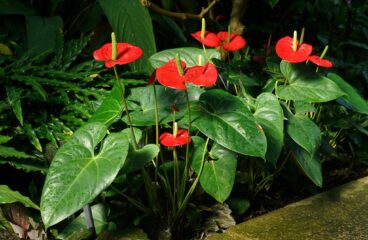
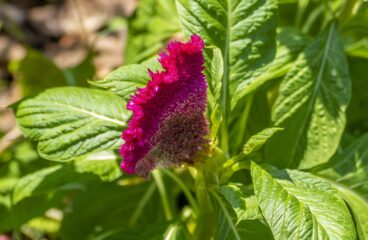







































































this article is very useful, thank you for making a good article